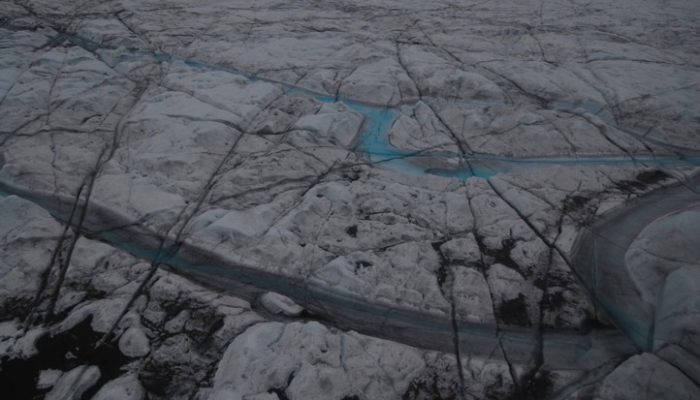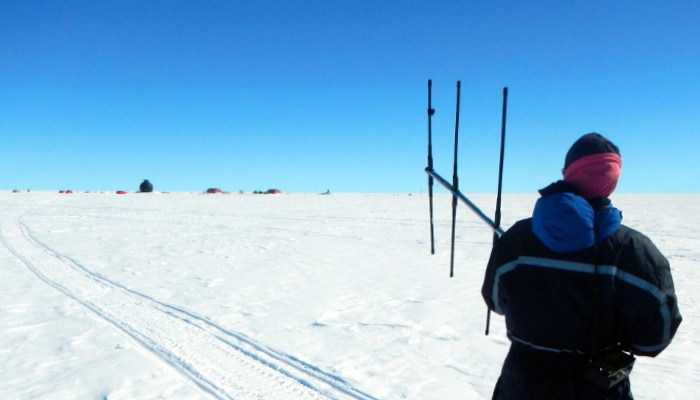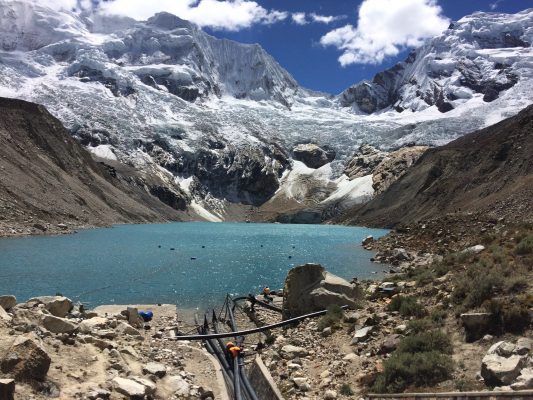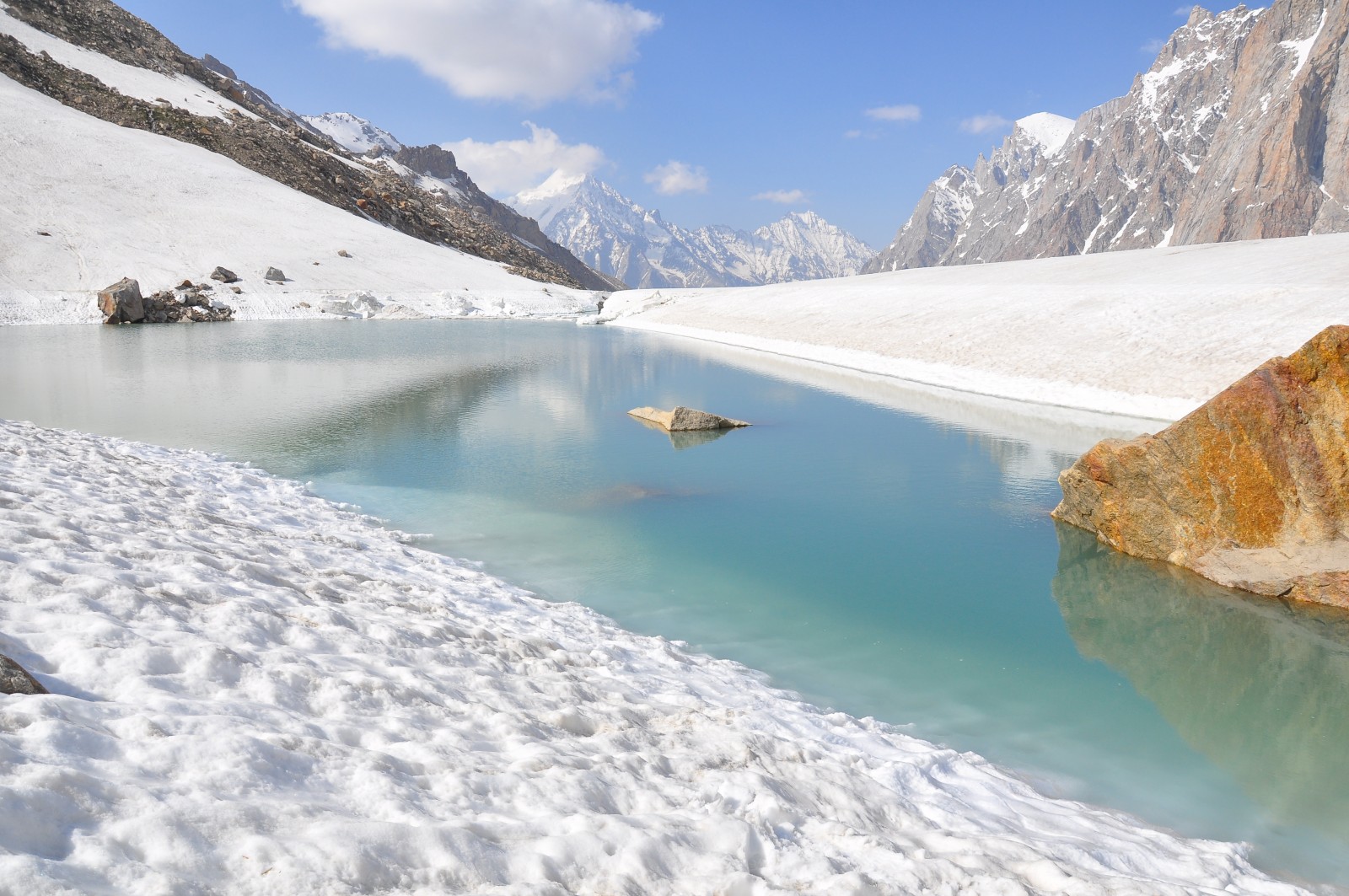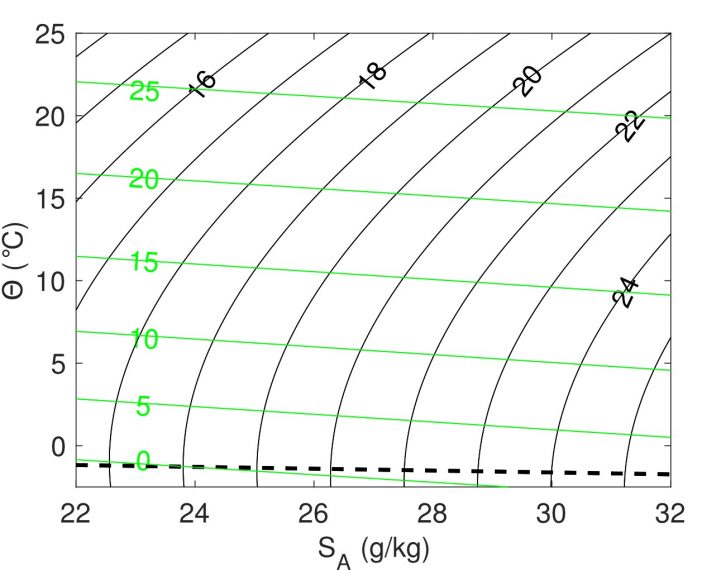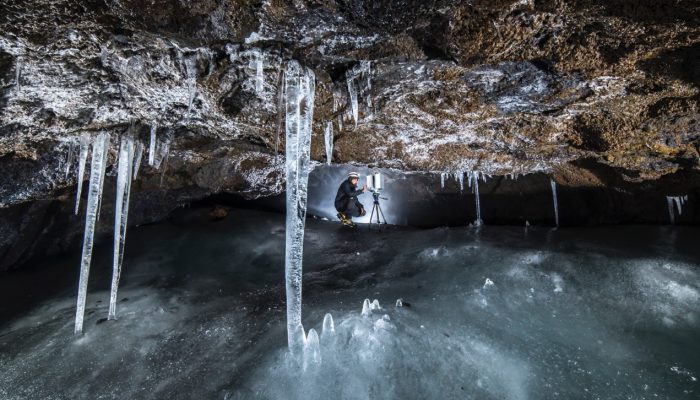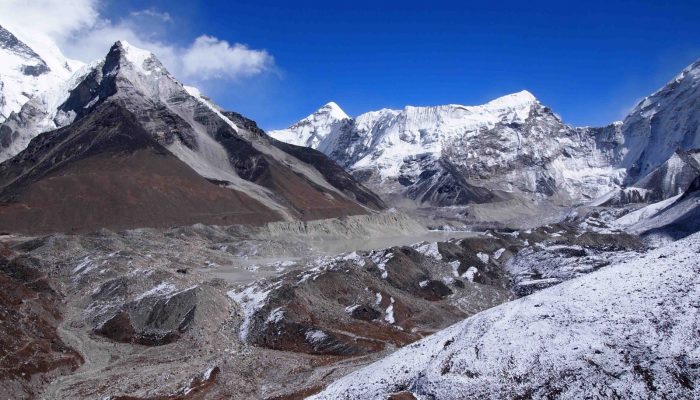When it comes to global warming, greenhouse gases – and more specifically CO2 – are the most often pointed out. Fewer people know however that tiny atmospheric particles called ‘black carbon’ also contribute to the current warming. This post presents a paper my colleague and I recently published in nature communications. Our study sheds more light into the chemical make-up of black car ...[Read More]
Black Carbon: the dark side of warming in the Arctic
